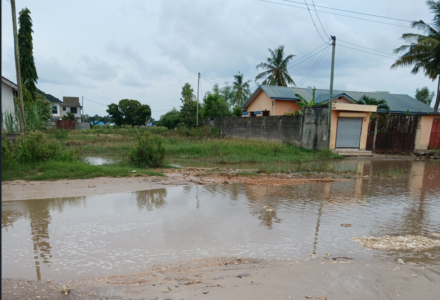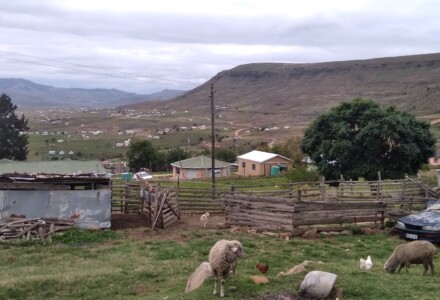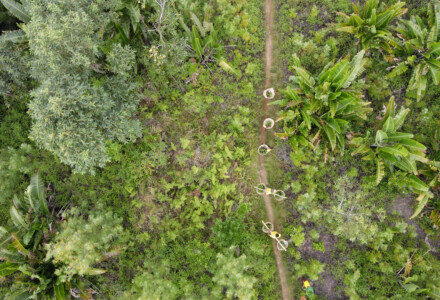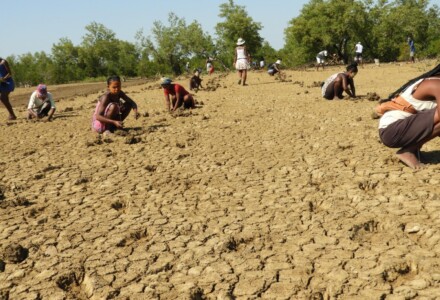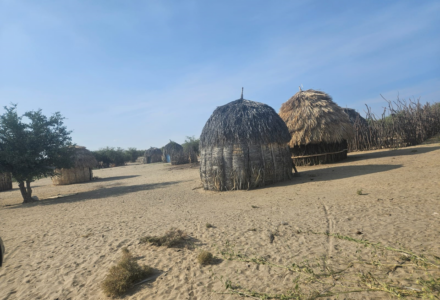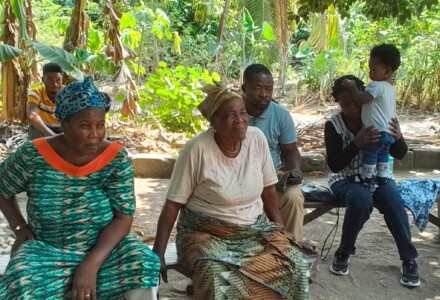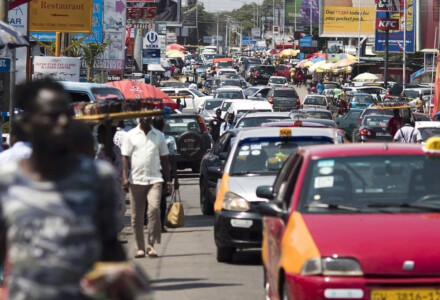CRD Network
The engine of the ground its research and innovation actions being carried out in ALBATROSS is embodied in the establishment of the Climate-Resilience Development Network, which represents a pan-African and transnational structure grounded in the Living Labs concept, integrating indigenous communities with local research and policy organisations.
The hubs comprising this CRD network have been strategically distributed in different climatic areas in Western, Eastern and Southern Africa plus the Madagascar island. They consist of well-developed territorial communities managed directly or indirectly by the project partners; they represent the network hubs and are the fundamental unit on which the project actions are based.
The hubs will work in synergy on three key issues for ALBATROSS and of strong interest to the countries involved: Environmental-Socio-Economic Vulnerability, Internal Migration, and Natural Hazards.
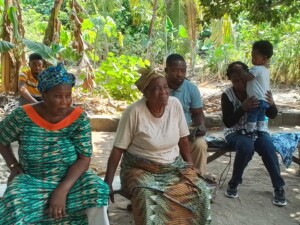
Keta Basin Hub, Ghana
- Region: Western Africa
- Climate: Tropical wet-dry or Savanna (Aw)
- Main meteorological hazards: Coastal erosion, coastal flood, extreme heat
- Nature-based solutions supported: Mangrove restoration and woodlots.
- Intervention: Enhance the community management of Mangroves and Woodlots by the integration of climate services
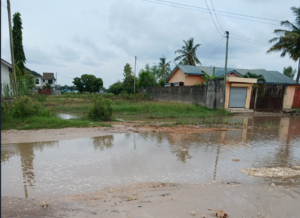
Kigamboni District Hub, Tanzania
- Region: South Eastern Africa
- Climate: Tropical wet-dry or Savanna (Aw)
- Main meteorological hazards: Storm tides and coastal erosion
- Nature-based solutions supported: Mangrove conservation, beekeeping, and seaweed farming
-
Intervention: Community engagement and capacity building for replication and establishment of NbS.
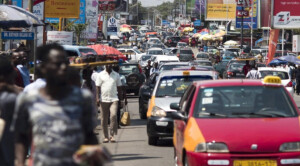
Kumasi Hub, Ghana
- Region: Western Africa
- Climate: Tropical wet-dry or Savanna (Aw)
-
Main meteorological hazards: Urban flood
- Nature-based solutions supported: Protection of urban wetlands and riparian zones.
- Intervention: Implementation of a toolkit to promote citizens’ report of encroachment and illegal use of wetlands, to support decision-making.
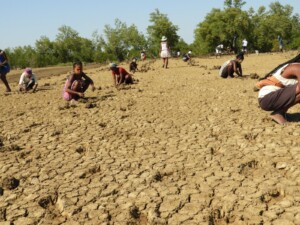
Morondava District Hub, Madagascar
- Region: Madagascar
- Climate: Tropical wet and dry or savanna climate (Aw)
- Main meteorological hazards: Coastal erosion
- Nature-based solutions implemented: Mangrove restoration.
- Intervention: Restoration of 100 hectares of mangroves and training of local communities on efficient mangrove planting.
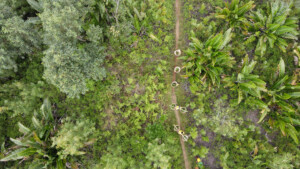
Tamatave District Hub, Madagascar
- Region: Madagascar
- Climate: Tropical rainforest (Af)
- Main meteorological hazards: Changes in rainfall patterns, erosion, strong winds
- Nature-based solutions implemented: Complex agroforestry systems.
-
Intervention: 200 hectares of soil restoration with diverse native species, providing ecological, cultural and economic benefits.

Turkana county Hub, Kenya
- Region: North Eastern Africa
- Climate: Arid hot desert (BWh)
- Main meteorological hazards: Drought, extreme heat
- Nature-based solutions supported: Climate-smart agriculture, pasture reseeding and riparian restoration.
- Intervention: Technical support and capacity building to communities
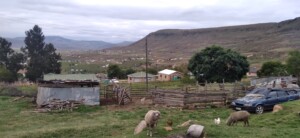
Umzimvubu Catchment Hub, South Africa
- Region: East Southern Africa
- Climate: Temperate without dry season cold summer (Cfb)
- Main meteorological hazards: Wildfires, floods, and droughts
- Nature-based solutions supported: Sustainable rangeland management and climate-smart agricultural practices
-
Intervention: Development of climate services for NbS planning and management
